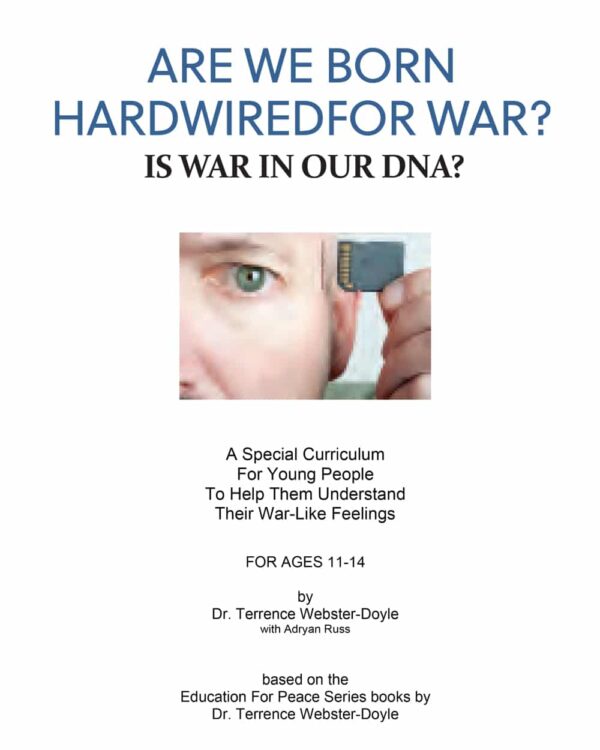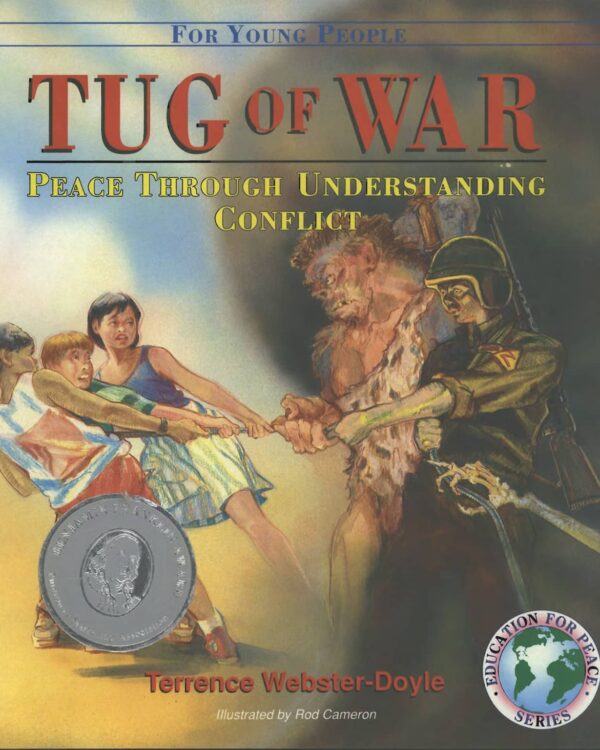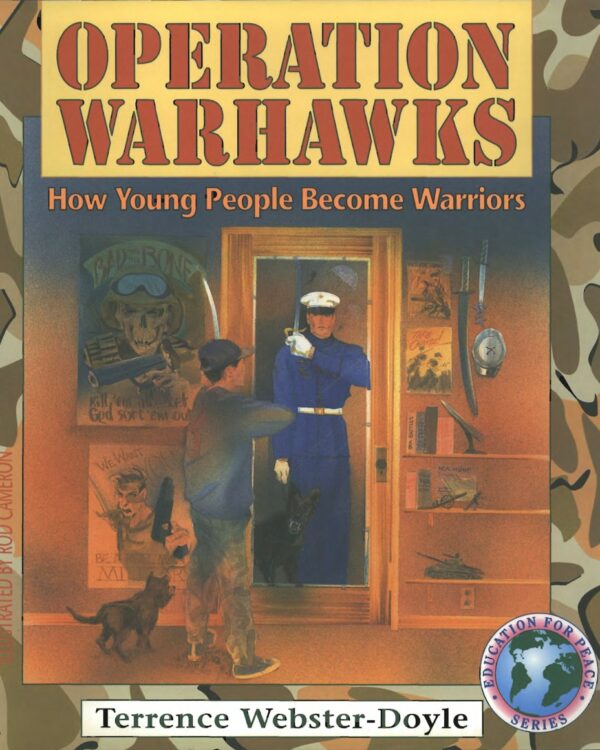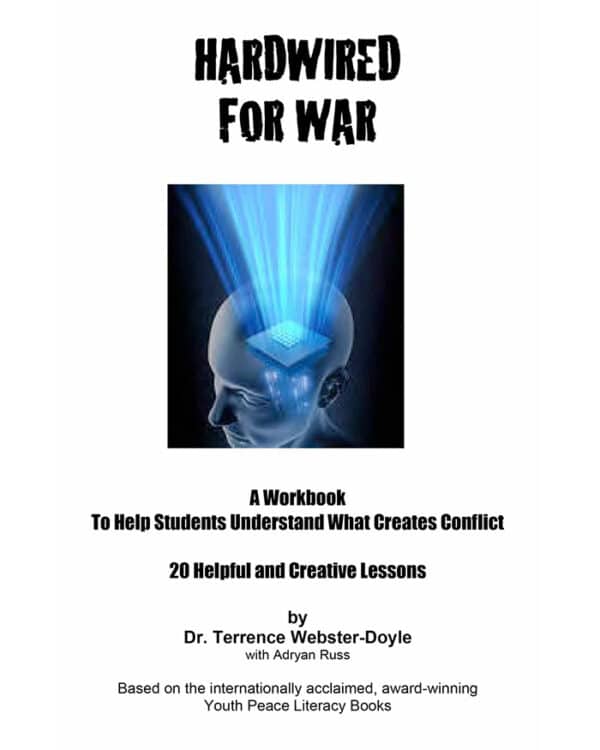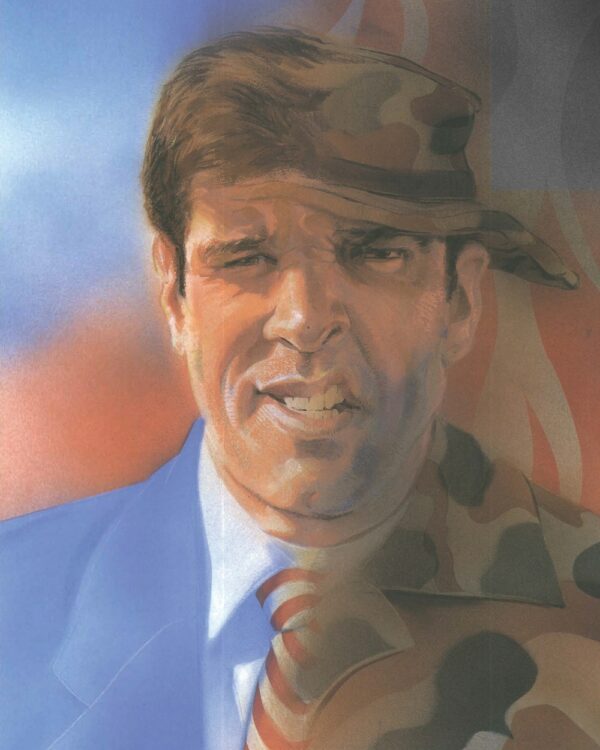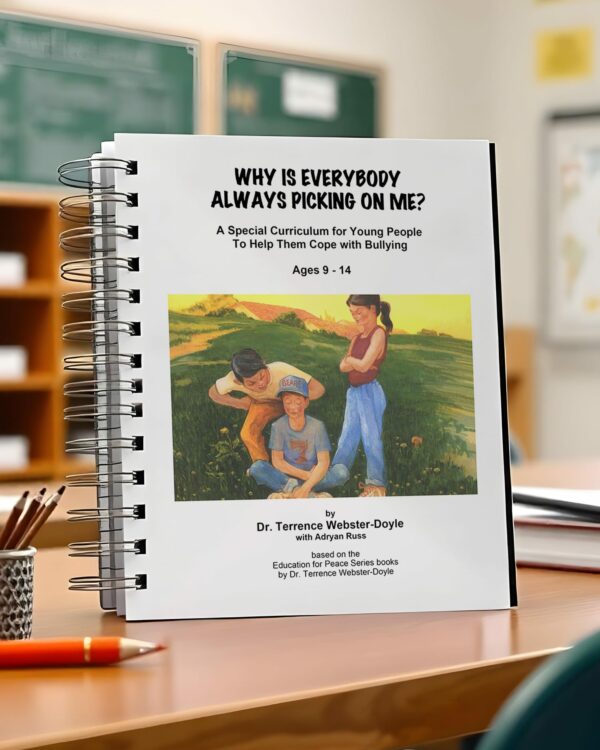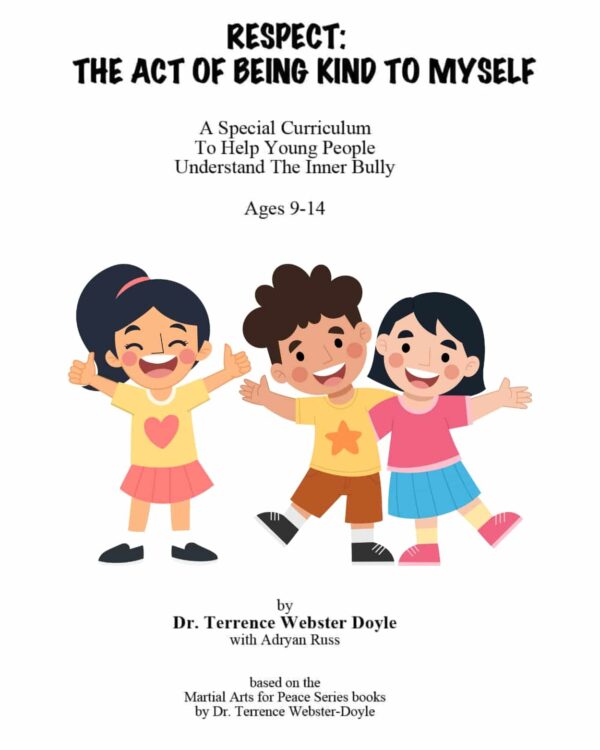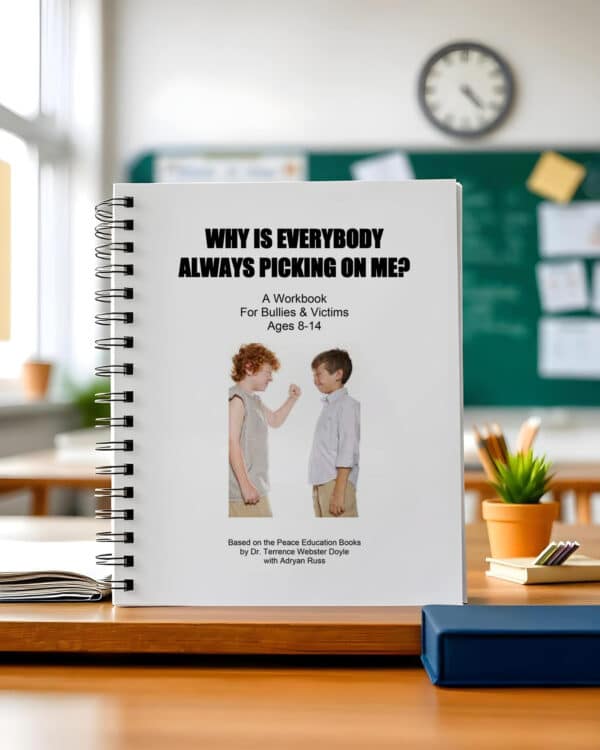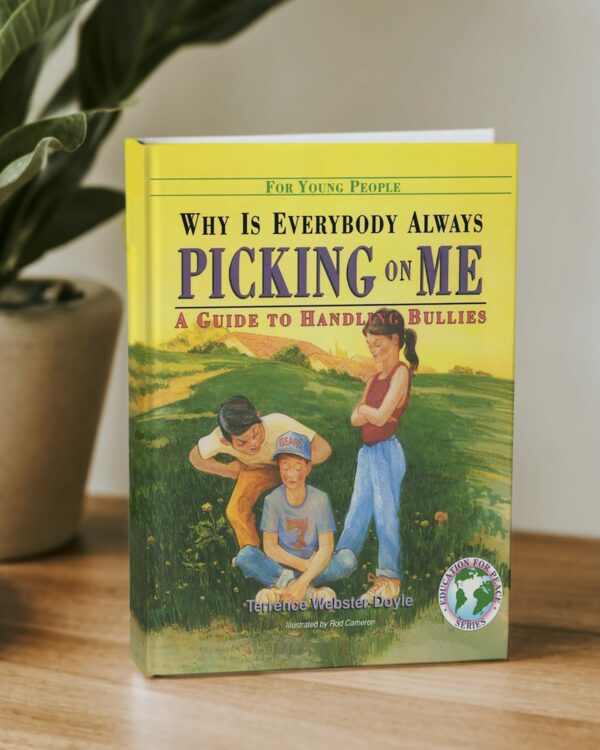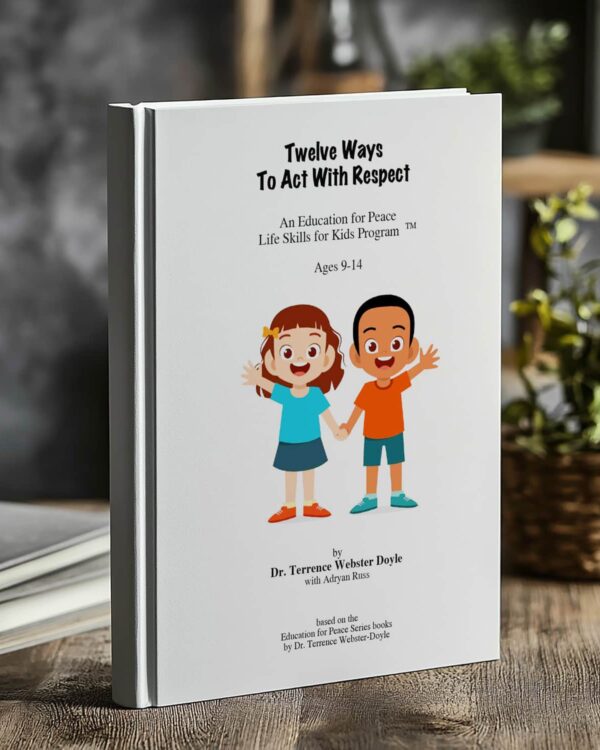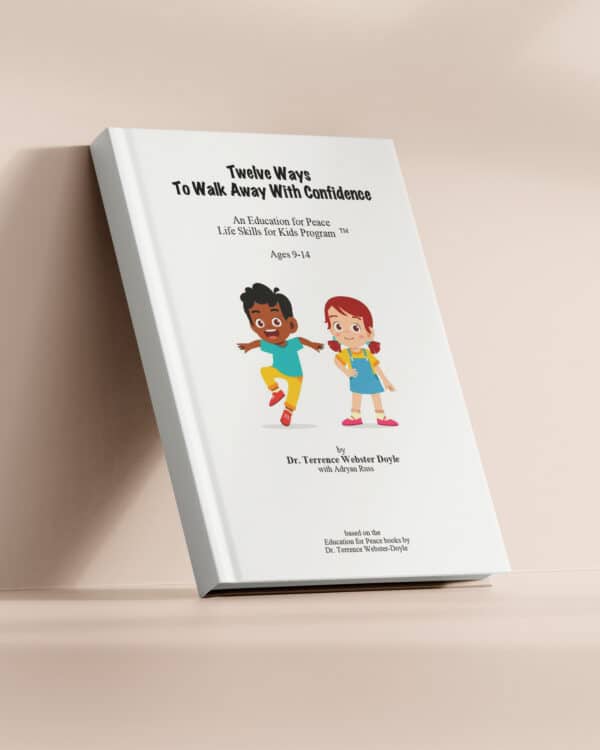Where Does Conflict Begin? Understanding Inner and Outer Struggles

Where does conflict begin? What is conflict? Why is it ever present in our lives? Why do we keep dealing with conflict in ways that strengthen it rather than end it? Is there something inherent in the way we relate to the world, to ourselves and to other people, that makes conflict inevitable?
If we discuss these questions, perhaps we can see if it’s possible to get some insight into how conflict begins.
In fact, it’s an action that’s so common and so natural to us, we automatically engage in it without thinking. We don’t seem to understand that the pain present in our daily lives is related to this automatic action. Yet, we hate the pain, the hurt feelings, the loss of trust and friendship. The need for understanding is great.
Rather than look upon conflict as something abstract, we need to look closely at ourselves and how we unwittingly set up the conditions for conflict.
We can begin our approach to understanding conflict by defining the word itself. The dictionary says conflict is “a struggle between opposing principles or aims; a clash of feelings or interests.” So, conflict is any thought or action that is actively in opposition to another thought or action.
To aid us in looking, let’s divide conflict into two kinds: Outer Conflict and Inner Conflict. Even though this distinction does not exist in daily life, looking at conflict in this way can improve our understanding.
Interested? Keep Learning
-
Are We Born Hardwired for War? Curriculum
Download Now$10.00 -
Tug of War: Peace through Understanding Conflict
Download Now$10.00 -
Operation Warhawks: How Young People Become Warriors
Download Now$10.00 -
Are We Born Hardwired for War? Mini Curriculum
Download Now$10.00 -
Are We Born Hardwired for War? Workbook
Download Now$10.00 -
Are We Born Hardwired for War? Book
Download Now$10.00
Outer Conflict
We all know what outer conflict is when we’re in it. Somehow we find oursleves in an argument with another person, and we remain in opposition until one of three situations occurs:
- One of us gives in, or
- Both of us drop it, or
- Some compromise is reached
Have you ever noticed that none of these situations ends the conflict? What it does instead is settle it – temporarily. Although a compromise seems the ideal solution and usually gets us beyond the immediate conflict, it’s rarely a final solution to two different interests.
It is inevitable that any unsolved conflicts will keep resurfacing.
We can see it in our lives. Even when everything seems to be going smoothly, old grievances come up and become part of the current conflict.
Inner Conflict
There are two basic modes of inner conflict. One has to do with judging others; the other, with judging ourselves. As you read about these situations, think of occasions when similar instances have happened to you.
Judging Others
We may meet someone we know and have a friendly chat. Seeing the person always brings up our past impressions of them – non-verbalized thoughts that we keep to ourselves. We don’t even realize the fact that we are being friendly on the surface while our judgments or criticisms about the other are quite different – sometimes the opposite off what we say.
Perhaps, while you and I are talking, I feel that a color you’re wearing is unbecoming. I’m telling you how terrific you look, but I would not dream of telling you what my mind is thinking. Maybe I feel superior to you, because I believe my spouse is better than yours. You’re telling me something your spouse did that hurt your feelings, and I’m thinking, “Good thing I don’t have that problem.” Or, if you disagree with some advice I’ve given to you, my mind may pity you for being too narrow-minded to see the merits of my views.
Inner comments are so subtle that we’re not aware of these thoughts going on, we won’t see how much conflict is going on inside us.
Yet, these are conflicts. What we’re saying is quite different from what we’re feeling and thinking.
We are in opposition within ourselves. In private, we may rehearse what we’d like to say to another person if we had the guts to be totally honest, but usually this venting remains unexpressed and our frustration continues to grow. If we hold them in too much, and for too long, sometimes they explode. I belive we’ve all experienced that.
“Are we looking at what prevents us from directly understanding our lives for ourselves? Can we, by a process of elimination, put aside all authorities who are unnecessary hindrances to self-discovery? Can we, through this process of elimination – or “negative” approach – come upon the truly positive?
When we project an imagined positive, we create the authority and the need for emulation and worship of that authority. Can we look at our daily lives without the intervention of any psychological authority whatsoever? Can we become aware of how we act or react, observing our thinking, attitudes, beliefs, customs, traditions, all the habits that control our behavior?
This is what can free us from conflict and the extremes of military war and the tyranny of authority. Being free, peace is there. Peace is not something to be sought; peace is a given, natural state of being. It is our conditioned way of thinking and behaving that prevents peace from occurring.” – Terrence Webster-Doyle from “Peace the Enemy of Freedom“
Judging Ourselves
Another kind of internal conflict is our dissatisfaction with ourselves, and that also causes us pain.
We all have “ideal” images of how we would like to be and long to become “better” — whatever “better” means to us. But we never quite manage to achieve our ideals. Why?
Once again, I’ll use myself as an example. I have to admit that I’m often not a very good listener. I would love to have the ability to totally tune into what another is saying. I keep trying to improve, but I soon revert to my old ways. Why?
Much as I wish I were a better listener, there is another part of my mind that simply is not willing to put aside my own thoughts in order to be fully open to what another is communicating. No amount of hard work can overcome this inner resistance to listening. What does this inner resistance consist of? This: I have a desire to be a good listener without doing what it really takes.
One part of my mind is trying to overcome another part. One desire is up against another desire.
We’ve been taught that struggle is the way to overcome our resistance. So, we keep struggling, and we don’t get very far! Inner conflict is a very uncomfortable feeling.
So rather than face our discomfort, our usual path is to do something to escape it. Some of us may seek a form of entertainment. Others may drink too much, eat too much, or turn to drugs. What we want is to escape the discomfort of desiring, resisting, of not achieving, all of which produce a sense of personal failure. We get onto a treadmill of conflicting fears and desires, and we can’t seem to get off.
The discomfort prevents us from being aware of the enormity of unresolved conflicts that we tend to push from our conscious mind into our sub-conscious mind. Rather than help us overcome our conflicts, the escapes we indulge in only cause more pain and more sorrow.
We’ll continue to uncover the roots of conflict in this issue of TAKING TIME, and in issues to come. Our intention is not to attempt to solve a specific problem, or to attain an “ideal” conclusion but, rather, to LOOK, OBSERVE, and LISTEN to ourselves and maybe glimpse what the mind does that results in conflict.
The subject of conflict and how it works is a journey of discovery. We cannot resolve our conflicts until we see what creates them.
“We are not asking anyone to believe in what is written here. We are only encouraging each one’s own questioning. Even though there may be strong statements, these are meant only to stimulate questioning. If one can enquire for oneself into the truth of what is being said, then one’s mind is active, alive, intelligent. If one engages in this process and discovers the falseness of what is being said, the mind is also sharpening.” -“Peace the Enemy of Freedom”
